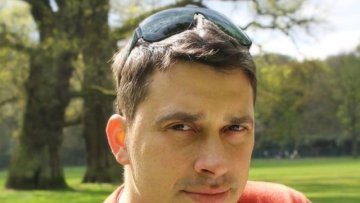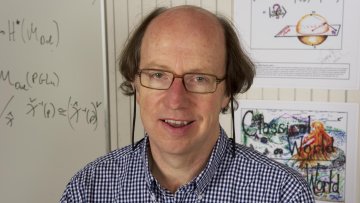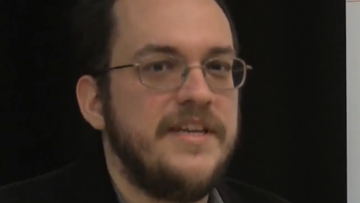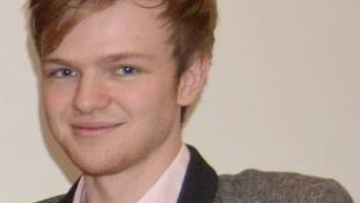Where does collaborating end and plagiarising begin?
Abstract
Despite the stereotype of the lone genius working by themselves, most professional mathematicians collaborate with others. But when you're learning maths as a student, is it OK to work with other people, or is that cheating? And if you're not used to collaborating with others, then you might feel shy about discussing your ideas when you're not confident about them. In this session, we'll explore ways in which you can get the most out of collaborations with your fellow students, whilst avoiding inadvertently passing off other people's work as your own. This session will be suitable for undergraduate and MSc students at any stage of their degree who would like to increase their confidence in collaboration. Please bring a pen or pencil!






